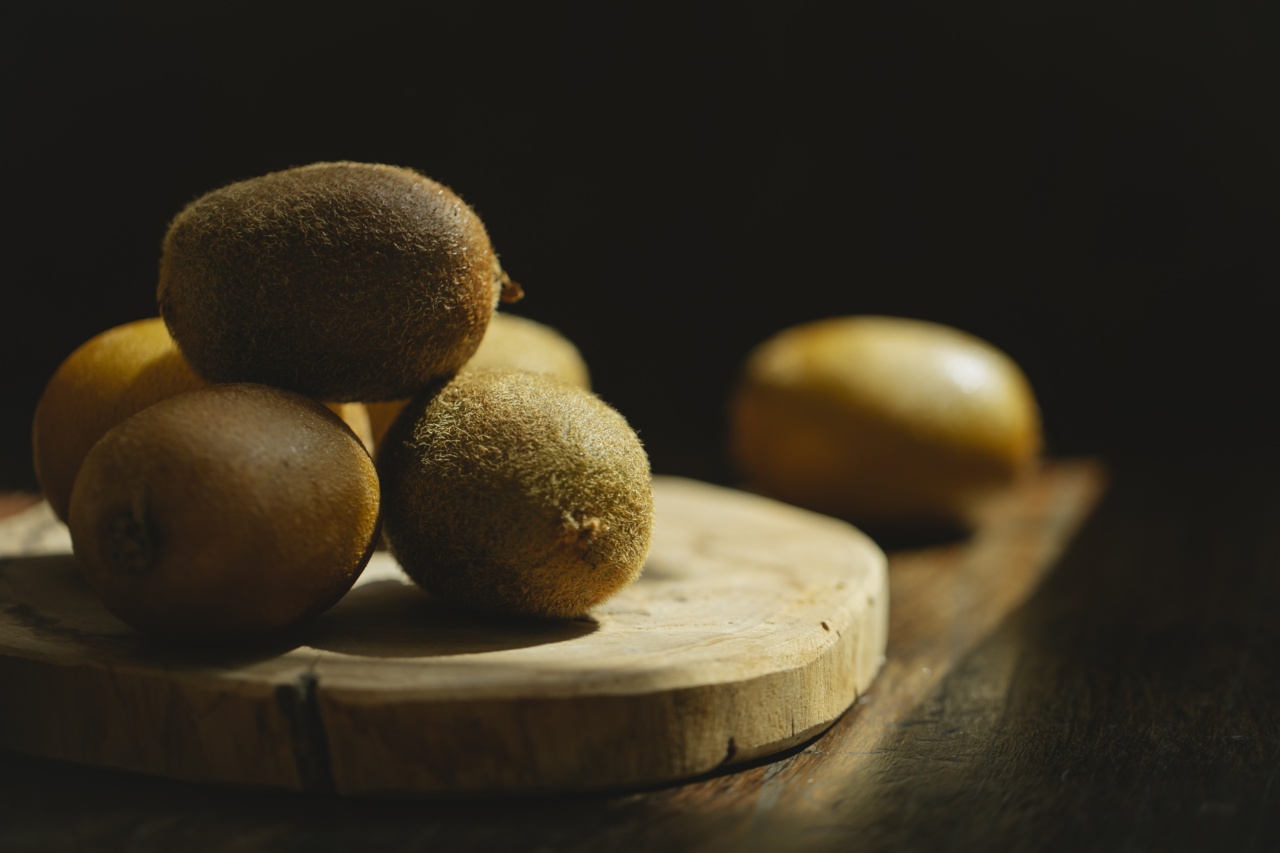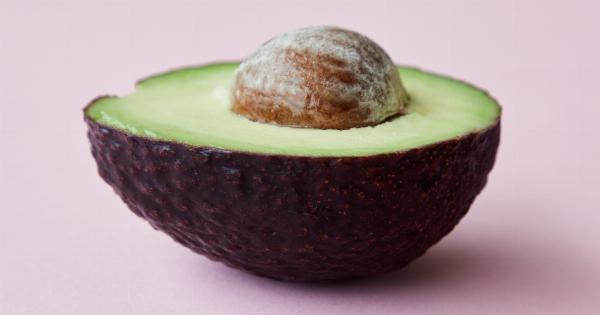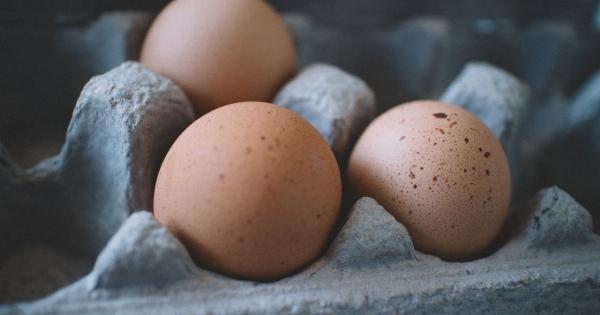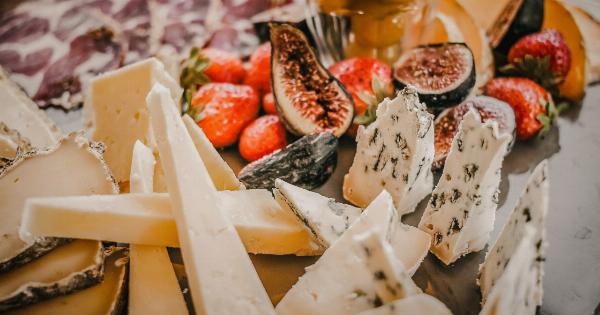As more and more people around the world adopt a plant-based diet, vegetarians are often concerned about getting enough protein in their diet.
Protein is essential for building and repairing muscles, and it’s also important for maintaining healthy skin, hair, and nails. While many people believe that meat is the only source of protein, there are actually plenty of plant-based protein alternatives that vegetarians can enjoy.
In this article, we’ll explore the best protein alternatives for vegetarians and how you can incorporate them into your diet.
1. Legumes
Legumes are a great source of protein for vegetarians. They include beans, lentils, chickpeas, and peas. Legumes are also rich in fiber and other essential nutrients like iron.
One cup of cooked lentils contains about 18 grams of protein, which is almost as much as a quarter pound of ground beef! You can add legumes to salads, soups, or stews.
2. Nuts and Seeds
Nuts and seeds are a great source of protein, healthy fats, and other essential nutrients. They include almonds, cashews, walnuts, sunflower seeds, and chia seeds.
One ounce of almonds contains about 6 grams of protein, while one ounce of chia seeds contains about 5 grams of protein. You can snack on nuts and seeds, or add them to salads, oatmeal, or smoothies.
3. Tofu and Tempeh
Tofu and tempeh are both made from soybeans and are popular protein sources for vegetarians. Tofu is a soft and bland food that can easily absorb flavors from other ingredients. One cup of tofu contains about 20 grams of protein.
Tempeh, on the other hand, has a nutty flavor and a firm texture. One cup of tempeh contains about 30 grams of protein. You can add tofu and tempeh to stir-fries, salads, or sandwiches.
4. Quinoa
Quinoa is a versatile grain that’s high in protein, fiber, and other essential nutrients. One cup of cooked quinoa contains about 8 grams of protein, which is more than rice or pasta.
Quinoa has a nutty flavor and a fluffy texture, and it can be used in salads, soups, or as a substitute for rice.
5. Seitan
Seitan is a meat substitute made from wheat gluten, and it’s also known as wheat meat or mock duck. Seitan has a meat-like texture and can be used in place of beef, chicken, or pork in many recipes.
One ounce of seitan contains about 21 grams of protein. You can use seitan in stir-fries, stews, or even on pizza!.
6. Edamame
Edamame are young soybeans that are harvested before they’re fully mature. They’re often served in Japanese cuisine as an appetizer or snack.
One cup of cooked edamame contains about 17 grams of protein, which is more than most other vegetables. Edamame can be enjoyed as a snack or added to salads and stir-fries.
7. Nutritional Yeast
Nutritional yeast is a deactivated yeast that’s often used as a cheese substitute in vegetarian and vegan recipes. Nutritional yeast is also a great source of protein, B vitamins, and other essential nutrients.
One tablespoon of nutritional yeast contains about 2 grams of protein. You can sprinkle nutritional yeast on popcorn, pasta, or even salad.
8. Spirulina
Spirulina is a type of algae that’s often sold in powdered form as a superfood. Spirulina is a great source of protein, iron, and other essential nutrients. One tablespoon of spirulina contains about 4 grams of protein.
You can add spirulina to smoothies or mix it into your favorite dip.
9. Hemp
Hemp hearts are a type of seed that are high in protein, healthy fats, and other essential nutrients. One ounce of hemp hearts contains about 10 grams of protein. You can add hemp hearts to oatmeal, smoothies, or sprinkle them on top of salads.
10. Amaranth
Amaranth is a gluten-free grain that’s high in protein, fiber, and other essential nutrients. One cup of cooked amaranth contains about 9 grams of protein. Amaranth can be used in salads, soups, or as a substitute for rice.
Conclusion
Whether you’re a vegetarian or simply looking to incorporate more plant-based protein into your diet, there are plenty of delicious and nutritious options to choose from.
From legumes to nuts and seeds to tofu and tempeh, there are many plant-based foods that are high in protein and other essential nutrients. Try experimenting with these protein alternatives and see how they can transform your meals!.































